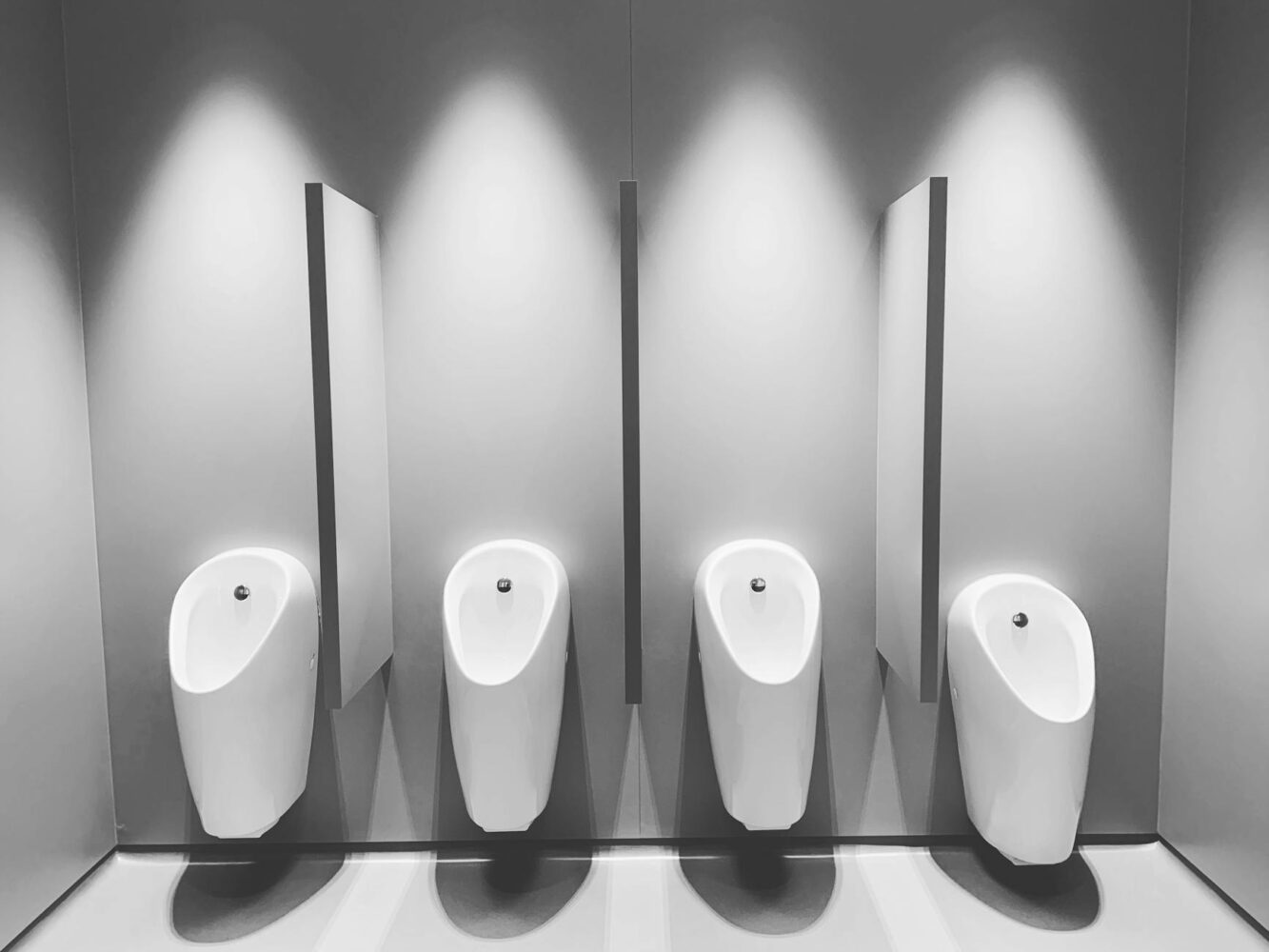Meditation is key for managing stress and improving mental focus. It helps you stay present and mindful every day. By trying different meditation methods, you can reduce anxiety and find peace.
In recent years, more people have started meditating. It shows how important it is for our overall well-being. This guide will help you find the best ways to meditate for stress relief and better health.
Key Takeaways
- Meditation is crucial for effective stress management.
- Mindfulness practices can significantly enhance emotional wellness.
- Learning various meditation techniques is fundamental for personal growth.
- Consistency in meditation leads to lasting benefits.
- A dedicated meditation space can amplify your practice.
- Utilizing meditation apps can make the practice more accessible.
Understanding Meditation and Its Benefits
Meditation opens a door to understanding your mind and feelings. It helps relieve stress and has been important for centuries. It has roots in many cultures, showing its value.
What is Meditation?
Meditation uses different methods to improve awareness and focus. It involves controlling your breath, using visualization, and practicing mindfulness. This helps you relax and connect with yourself, improving your emotional health.
Benefits of Meditation for Stress Relief
Meditation does more than just relax you. It can lower stress by calming your mind and building emotional strength. The benefits include:
- Improved focus and concentration
- Enhanced self-awareness
- Reduction in anxiety and depression
- Better emotional health
Practicing mindfulness, or living in the moment, also boosts your mental health.
Historical Context of Meditation Practices
Meditation has a long history, dating back thousands of years. It started in spiritual traditions in Asia. From Hinduism to Buddhism, each culture brought its own techniques and ideas. These practices have shaped modern mental health strategies worldwide.
| Culture | Tradition | Key Practices | Benefits Emphasized |
|---|---|---|---|
| India | Hinduism | Pranayama, Yoga | Spiritual growth, Stress reduction |
| Tibet | Buddhism | Mindfulness, Loving-kindness | Compassion, Emotional balance |
| Japan | Zen Buddhism | Zazen, Koans | Present moment awareness, Clarity of thought |
| China | Taoism | Qigong, Tai Chi | Energy flow, Physical health |
Different Meditation Techniques for Beginners
Trying out different meditation techniques can really help you grow in your practice. They offer unique ways to improve your meditation, helping you find what works best for you.
Guided Meditation: A Step-by-Step Approach
Guided meditation is great for beginners. It follows a teacher’s voice or a recording, making it easy to start. It uses visualizations and breathing to help you stay focused and present.
Many apps and websites offer guided sessions. They come in various lengths and themes, so you can find one that fits your needs.
Mindfulness Meditation: Focusing on the Present
Mindfulness meditation teaches you to notice your thoughts and feelings without judgment. It helps you stay in the moment by focusing on your breath or body. This practice improves your awareness and brings calm.
Adding mindfulness to your daily life can help with stress and anxiety. It’s a simple yet powerful way to stay grounded.
Deep Meditation: Techniques for Greater Depth
Deep meditation is for those who want to explore more. It involves focusing on a mantra or visualization to create a deep, immersive experience. This can lead to deep relaxation and insight.
Techniques like transcendental meditation or focusing on breath can help you reach deeper states. It’s a rewarding part of your meditation journey.
Meditation Exercises to Alleviate Stress
Meditation exercises can greatly reduce stress and bring calm to your day. This section explores effective techniques for relaxation, body awareness, and a peaceful mindset. Adding these practices to your daily routine can offer valuable stress relief.
Breathing Exercises for Quick Stress Relief
Breathing exercises are simple yet powerful for stress relief. By focusing on your breath, you can instantly fight stress. Here are a few techniques to try:
- 4-7-8 Breathing: Inhale quietly through your nose for 4 counts, hold for 7 counts, and exhale through your mouth for 8 counts.
- Box Breathing: Inhale for 4 counts, hold for 4 counts, exhale for 4 counts, and pause for another 4 counts before repeating.
- Deep Belly Breathing: Place one hand on your chest and the other on your belly. Inhale deeply through your nose, ensuring your belly expands more than your chest.
Body Scan Meditation for Relaxation
The body scan meditation technique enhances body awareness and releases tension. This practice involves mentally scanning each part of your body, promoting deep relaxation. Follow these steps:
- Sit or lie down in a comfortable position.
- Close your eyes and take a few deep breaths to center yourself.
- Begin focusing on your toes, acknowledging any sensations.
- Gradually move your attention up to your feet, legs, abdomen, and so on, until you reach the top of your head.
- If tension is found, imagine it melting away with each breath.
Visualization Techniques to Clear the Mind
Visualization techniques help create a calm mental space. These exercises can enhance your meditation practice by fostering a tranquil mental space. Consider these methods:
- Peaceful Place Visualization: Imagine a serene location, such as a beach or a forest, and visualize each detail.
- Color Breathing: Choose a calming color, inhale deeply, and visualize that color filling your body as you breathe in peace and exhale stress.
- Goal Visualization: Picture achieving a personal goal or desired outcome, focusing on the feelings associated with it.
| Technique | Focus Area | Duration |
|---|---|---|
| Breathing Exercises | Regaining calm | 5-10 minutes |
| Body Scan Meditation | Body awareness | 10-20 minutes |
| Visualization Techniques | Creating tranquility | 5-15 minutes |
How to Create a Meditation Space
Creating a dedicated meditation space can make your practice more focused and relaxed. This area should be peaceful and support your meditation. Here’s how to create a meditation environment that feels right for you.
Choosing the Right Environment for Meditation
Choose a space for meditation that is calm and free from distractions. A cozy corner of your home or a secluded outdoor spot is ideal. Make sure there’s good lighting, as natural light can be calming. Soft lamps can add warmth in the evenings.
Keep the space free from interruptions. This allows for a deeper connection during meditation.
Essential Tools for Your Meditation Routine
Having the right tools in your meditation space can greatly improve your practice. Here are some items to consider:
- Cushions or Mats: Comfortable seating helps you stay focused.
- Incense or Candles: Calming scents can relax you and set a soothing mood.
- Blankets: Keep a light blanket nearby for warmth during longer sessions.
- Sound Elements: Soft music or nature sounds can enhance your meditation experience.
Personalizing Your Meditation Space
Personalizing your meditation space lets you express your unique style. Add elements that inspire calmness and reflection:
- Art or Photos: Displaying meaningful artwork can motivate you.
- Plants: Incorporating greenery creates a lively and fresh atmosphere.
- Aromatherapy Diffusers: Using essential oils can promote relaxation and clarity.
- Journals: Keeping a meditation journal nearby helps you track your progress and insights.
| Essential Tool | Purpose | Recommendation |
|---|---|---|
| Cushions | Provide comfort during meditation | Look for ergonomic designs |
| Incense/Candles | Create a calming atmosphere | Choose natural scents like lavender |
| Blankets | Provide warmth for longer sessions | Select soft, breathable materials |
| Sound Elements | Enhance focus and relaxation | Consider soft instrumental tracks |
Meditation Apps and Resources
Meditation is now easier to access thanks to technology. Many meditation apps and online resources are available. They cater to different needs and preferences, helping you start a regular practice. Whether you want guided meditation apps or comprehensive courses, there’s something for everyone.
Top Meditation Apps for Guided Practices
Popular meditation apps offer guided practices to help with stress and well-being. Headspace provides animated tutorials and meditation sessions on mindfulness. Calm features soothing soundscapes and sleep stories for relaxation, great for stress relief. Insight Timer also offers a wide range of free meditations from experienced teachers worldwide.
Online Resources for Learning Meditation
There are many online resources to learn more about meditation. Websites like Mindful and The Mindfulness Practice have articles, video tutorials, and guided sessions. Udemy and Coursera also offer courses on meditation techniques, allowing you to learn at your own pace.
Books and Podcasts on Meditation Techniques
Books on meditation can also deepen your understanding and practice. “The Miracle of Mindfulness” by Thich Nhat Hanh and “Wherever You Go, There You Are” by Jon Kabat-Zinn are great choices. For audio learning, many podcasts discuss meditation styles and techniques, perfect for your meditation journey.
Incorporating Meditation Into Daily Life
Making meditation a part of your day can bring balance to your mind and help manage stress. Start by setting aside a few minutes each day. As you get used to it, you can increase the time. This helps you build a strong meditation habit.
Setting a Regular Meditation Schedule
Choose a specific time each day for meditation. It could be early morning or during your lunch break. Sticking to this schedule helps make meditation a priority. It also deepens your connection with mindfulness.
Finding Time for Meditation Amidst a Busy Lifestyle
Finding time for meditation can be tough with a busy schedule. Look for short pauses in your day, like during your commute or while waiting in line. Adding these mindfulness moments to your day makes meditation easier to fit in.
Using Short Meditation Breaks Throughout the Day
Short meditation breaks can greatly improve your focus and reduce stress. Even a 5-minute session can make a big difference. Try meditating before meetings or during coffee breaks. This boosts your mental health and helps you handle stress better.
FAQ
What is meditation?
Meditation is a way to focus your mind and clear distractions. It helps you reach a higher state of awareness and mental clarity. You can use techniques like mindfulness, guided meditation, and breathing exercises.
What are the benefits of meditation for stress relief?
Meditation can reduce anxiety and improve focus. It also boosts emotional well-being and resilience. Regular practice brings calm and better stress management.
How can beginners start meditating?
Beginners can start with guided meditation apps or mindfulness. Simple breathing exercises are also good. Start with short sessions and increase time as you get more comfortable.
What techniques are recommended for deep meditation?
For deep meditation, try prolonged focused breathing, body scan meditation, and visualization. These relax the body and mind, leading to deeper states of consciousness.
Are there any meditation exercises for quick stress relief?
Yes, exercises like deep breathing, progressive muscle relaxation, and quick body scans can quickly reduce stress. They calm the mind and lower physical tension.
How do I create a meditation space at home?
Choose a quiet area without distractions. Add comfortable seating and calming elements like candles or plants. Personal touches can make your space more peaceful.
What are the best meditation apps for beginners?
Headspace, Calm, and Insight Timer are great for beginners. They offer guided sessions, soundscapes, and courses to help you start meditating.
How can I incorporate meditation into my daily life?
Set a regular meditation schedule and find short breaks for meditation. Practice mindfulness throughout the day. Consistency is key to making meditation a habit.












